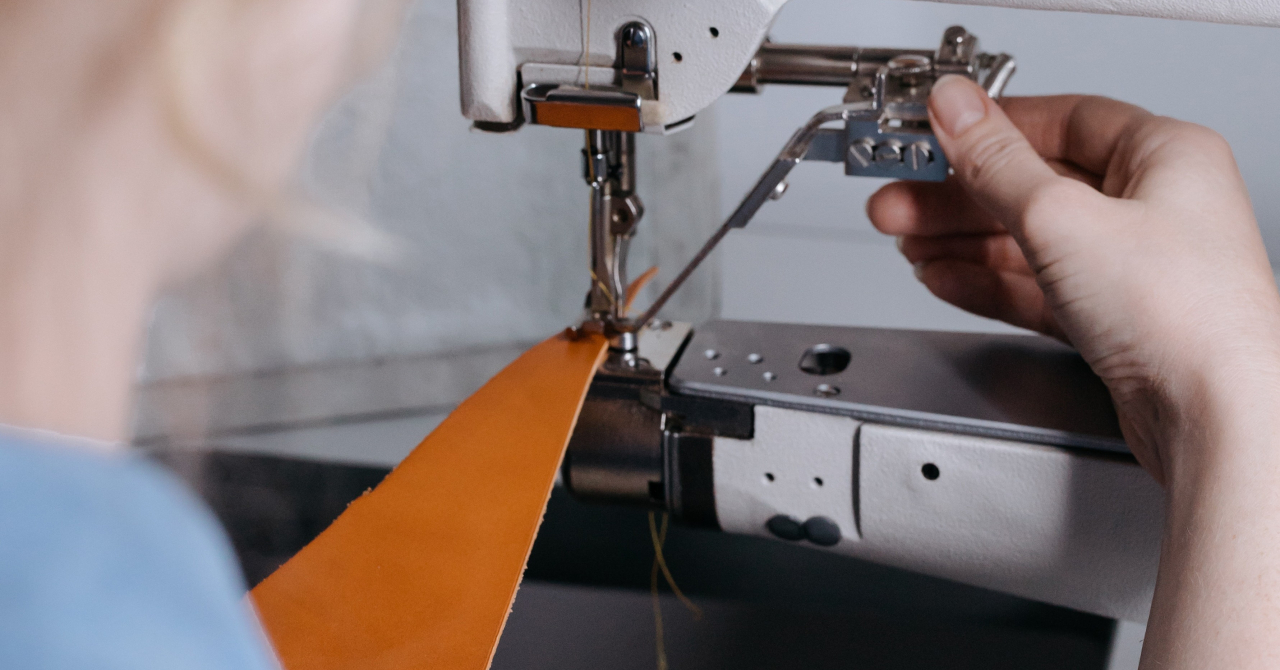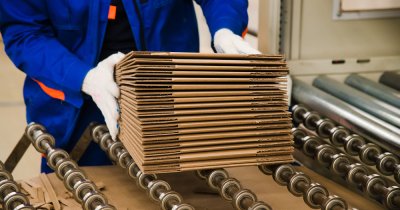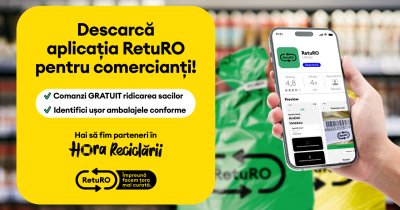Grand View Research shows that the plant-based leather market is set to be worth $85 billion globally by 2025 as more consumers grow aware of the ethical and environmental impact of the leather industry.
Leather production is linked to serious sustainability issues, linked unalterably as a byproduct of the meat industry and connected as well to deforestation, water and land overuse, and greenhouse gas emissions, all of which are contributing to the climate crisis. According to the EPA, 70% of the water pollution in the US comes from factory farms. Additionally, leather’s severe impact on eutrophication occurs because the wastewater often flows untreated to local waterways.
Instead of animal hides or oil, it’s time to switch to renewable resources and natural waste for the sturdiest and most alluring textiles. Moreover, it is no longer acceptable to take plant-based fibers and embed them in plastic, which results in the low-quality material called “pleather.”
Instead, let’s look to the industry standard for plant-based leather, which is 100% bio-based. Vegan materials can originate from a wide variety of biomass, such as grape skins, mushrooms, pineapples, corn, bananas, apples, cacti, green tea, coffee grounds, and even coconut water.
Mushroom Fibers for Plant-Based Leather
Threads from the root structures of fungi, called mycelium, have sparked a mushroom leather movement. This complex latticework of underground fibers is quite strong due to its special cultivation. Bred quickly and efficiently in different shapes, sizes, and widths, its production time is short compared to traditional leather.
Mycelium leather been created by the scientists and engineers at Bolt Threads. A true example of the circular economy at work, the corn cobs, wood chips, and straw byproducts of mushroom leather manufacturing can be mixed with mushroom spawn to grow more mycelium, and other waste products generated can be reused as an organic crop fertilizer or for beekeeper’s smoke.
The brand Mylo™ is soft and supple and is being featured by adidas (the Stan Smith Mylo™ shoe), lululemon (yoga accessories), and Stella McCartney (bustier top and utilitarian trousers).
Plant-Based Leather from Virgin & Recycled Fiber
MIRUM is a plant-based composite material made from both virgin and recycled plant fiber. Natural Fiber Welding (NFW) founder Luke Haverhals explains, “MIRUM has the lowest resource and carbon footprint and the lowest ecological impact in its category. It’s unique in that it uses zero plastic: no PU, no PVC, no EVA, no petrochemicals.” At the end of a product’s life, MIRUM can be recycled into new MIRUM. Even scraps of MIRUM from the cutting process can become feedstock for the next batch of MIRUM production.
Pineapple Leaf Fiber
The use of pineapple leaf fiber, an agricultural waste product, provides the opportunity to build a scalable commercial industry for developing farming communities with minimal environmental impact. Piñatex® fiber starts as a byproduct of the existing pineapple harvest, so the raw material requires no additional environmental resources to produce. Post-harvest, the suitable plant leaves which are left behind are collected in bundles, and the long fibers are extracted using semi-automatic machines. The fibers are washed and then dried naturally by the sun, or during the rainy season, in drying ovens. The dry fibers go through a purification process to remove any impurities, which results in a fluff-like material. This fluff-like pineapple leaf fiber gets mixed with a corn-based polylactic acid and undergoes a mechanical process to create Piñafelt, a non-woven mesh.
In making Piñatex, 264 Co2 tons were saved — the burning of which would release the equivalent of 264 tons of CO2 into the atmosphere.
The rolls of Piñafelt are shipped by boat from the Philippines to Spain or Italy for specialized finishing. The plant-based leather has been used by over 1000 brands worldwide, including Hugo Boss, H&M, and the Hilton Hotel Bankside.
Cactus-Based Textiles
With the purpose of creating an alternative to animal leather, Adrián López Velarde and Marte Cázarez developed a vegan alternative to leather made with Nopal cactus. After two years of research and development, the creators brought marketable cactus-based material in October, 2019 to showcase as an alternative to leather in Milan, Italy.
 Florin Cașotă
Florin Cașotă












Any thoughts?